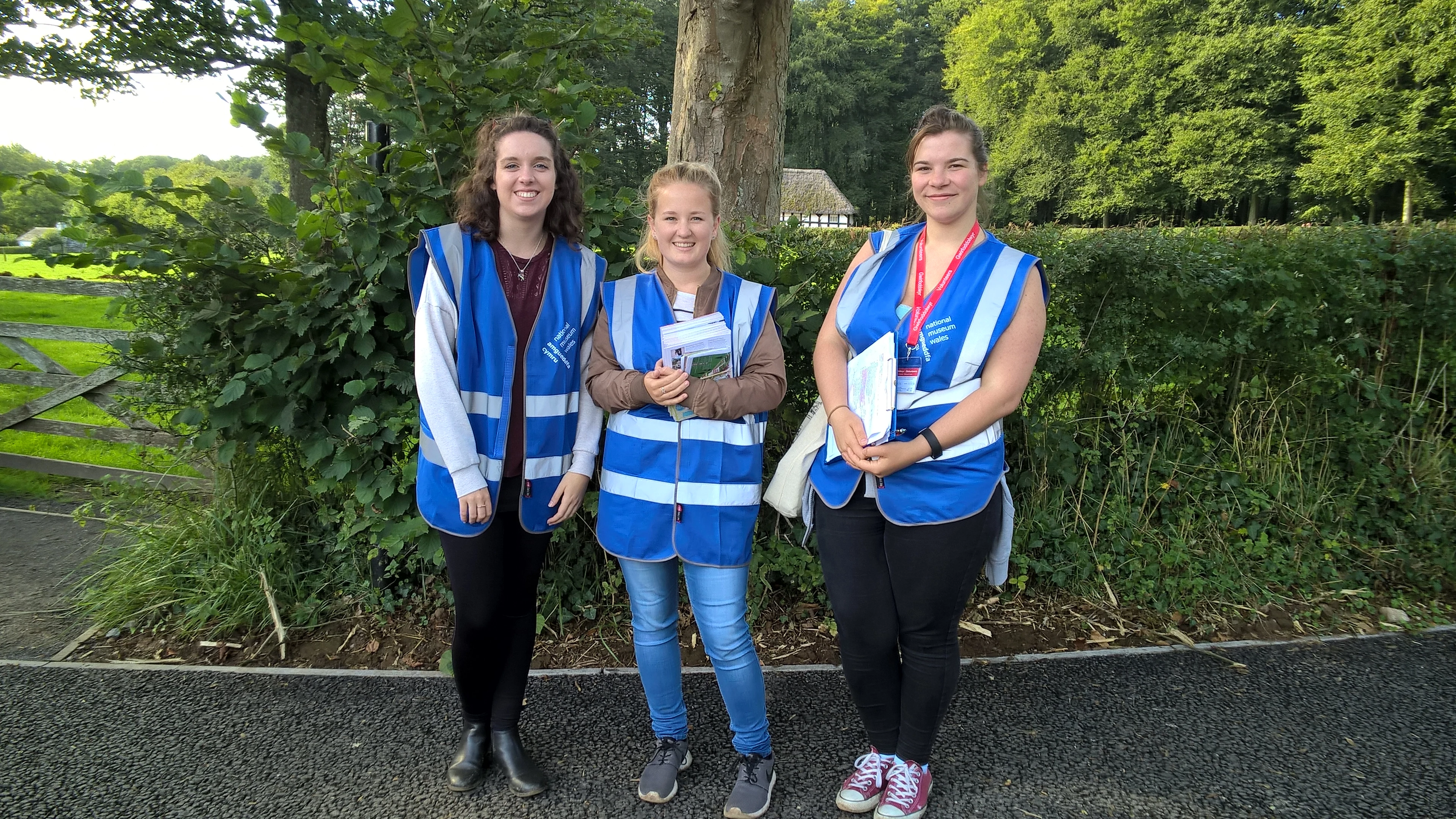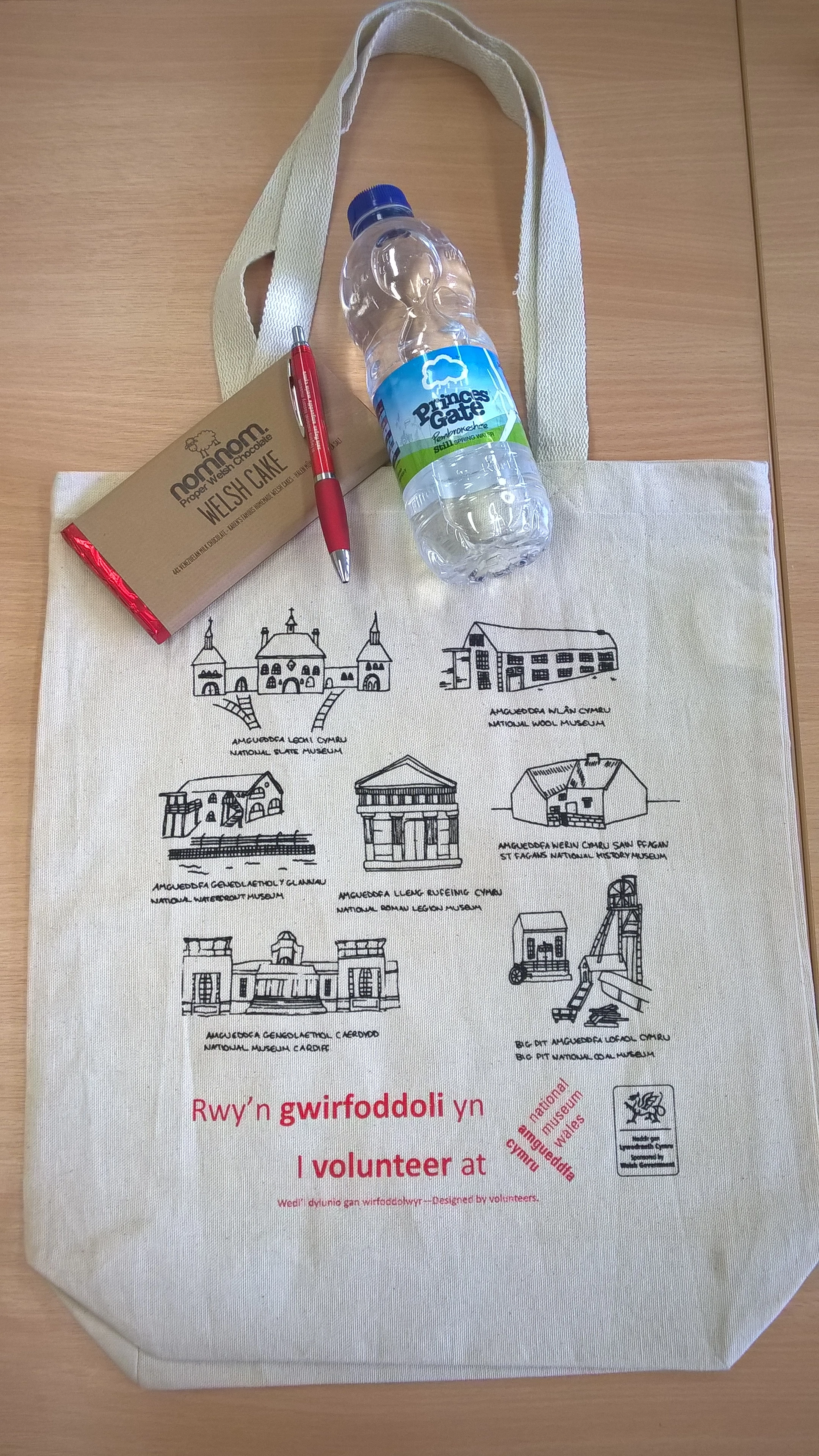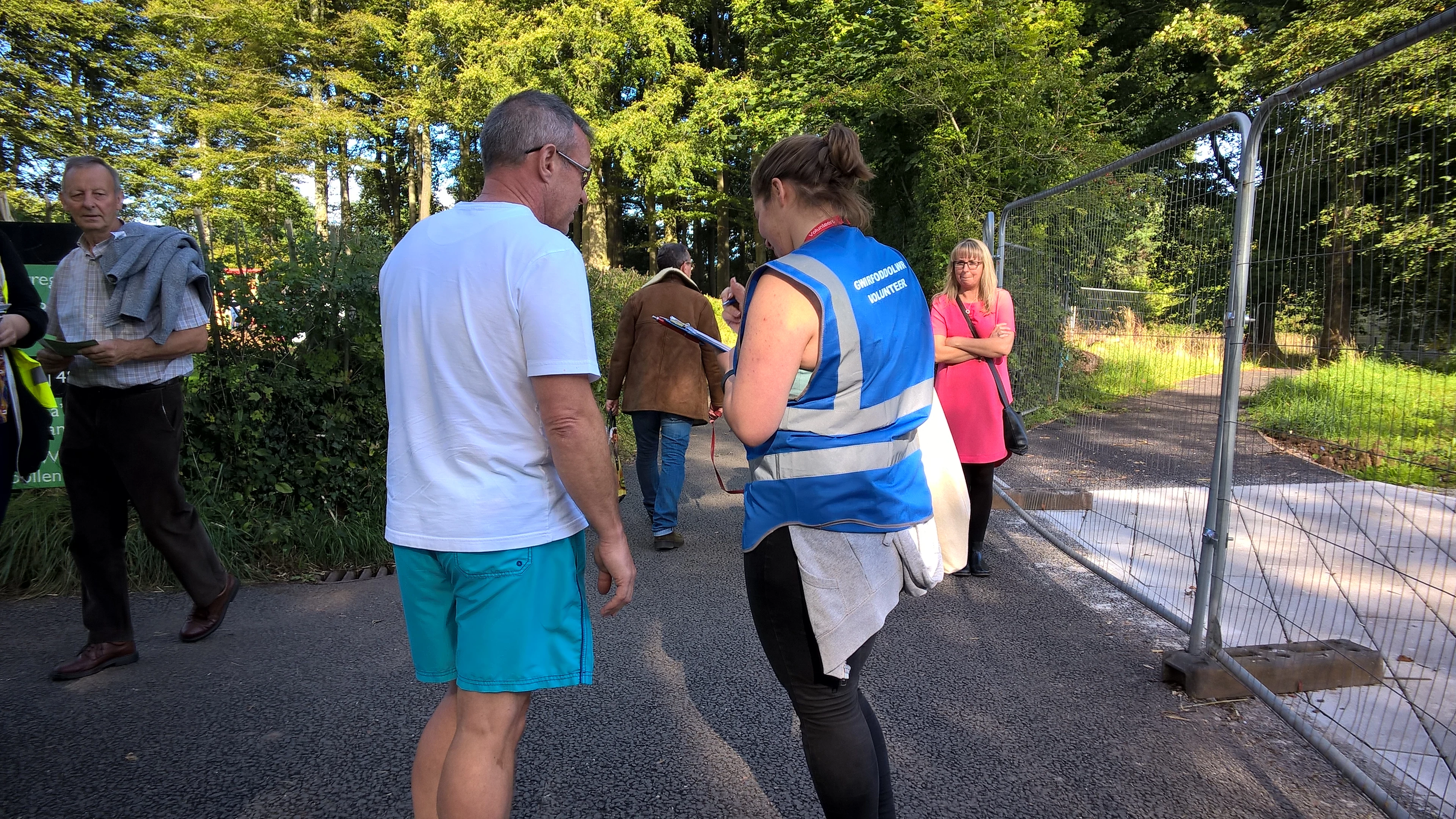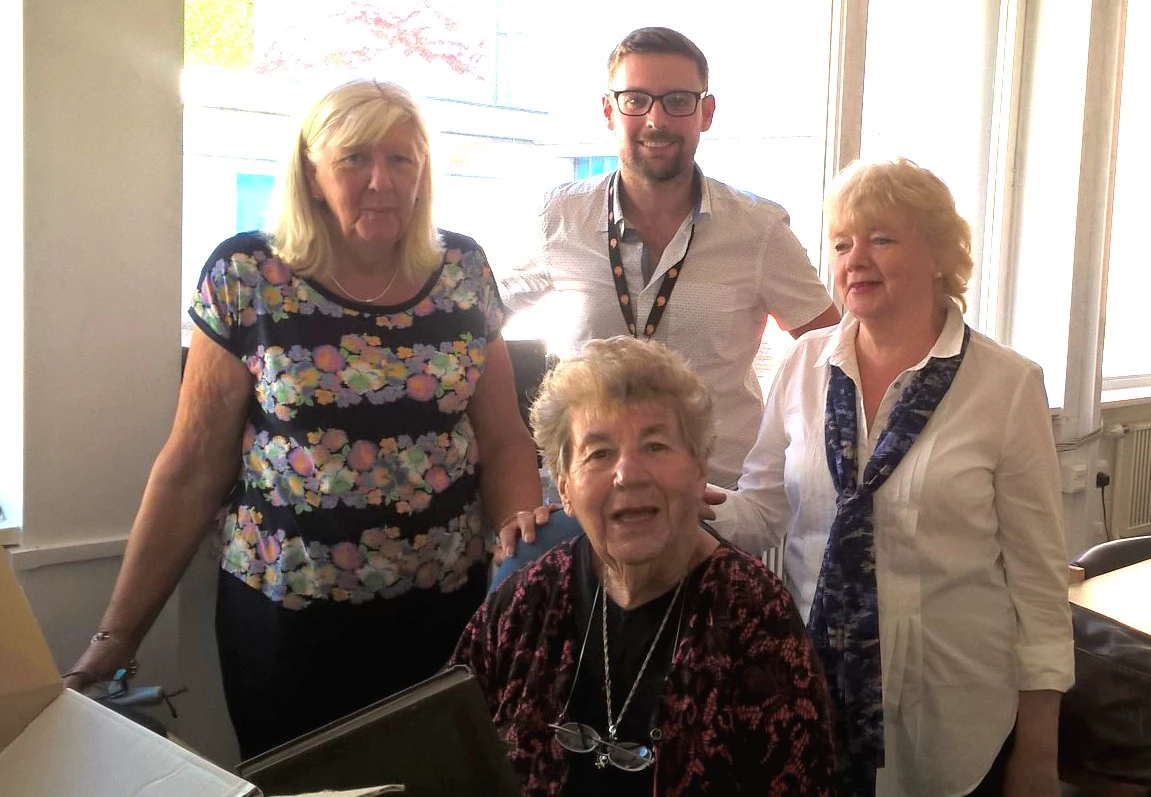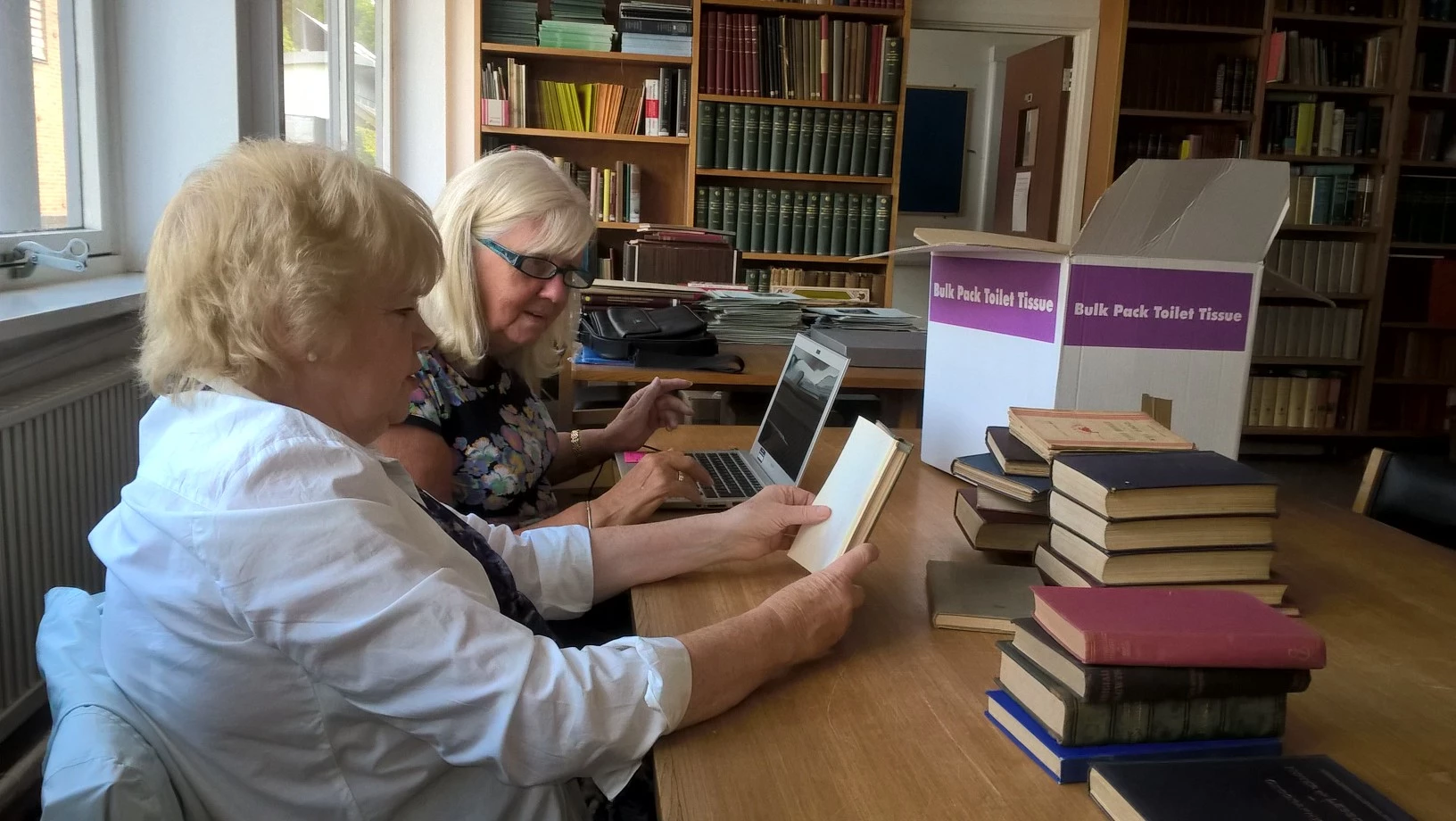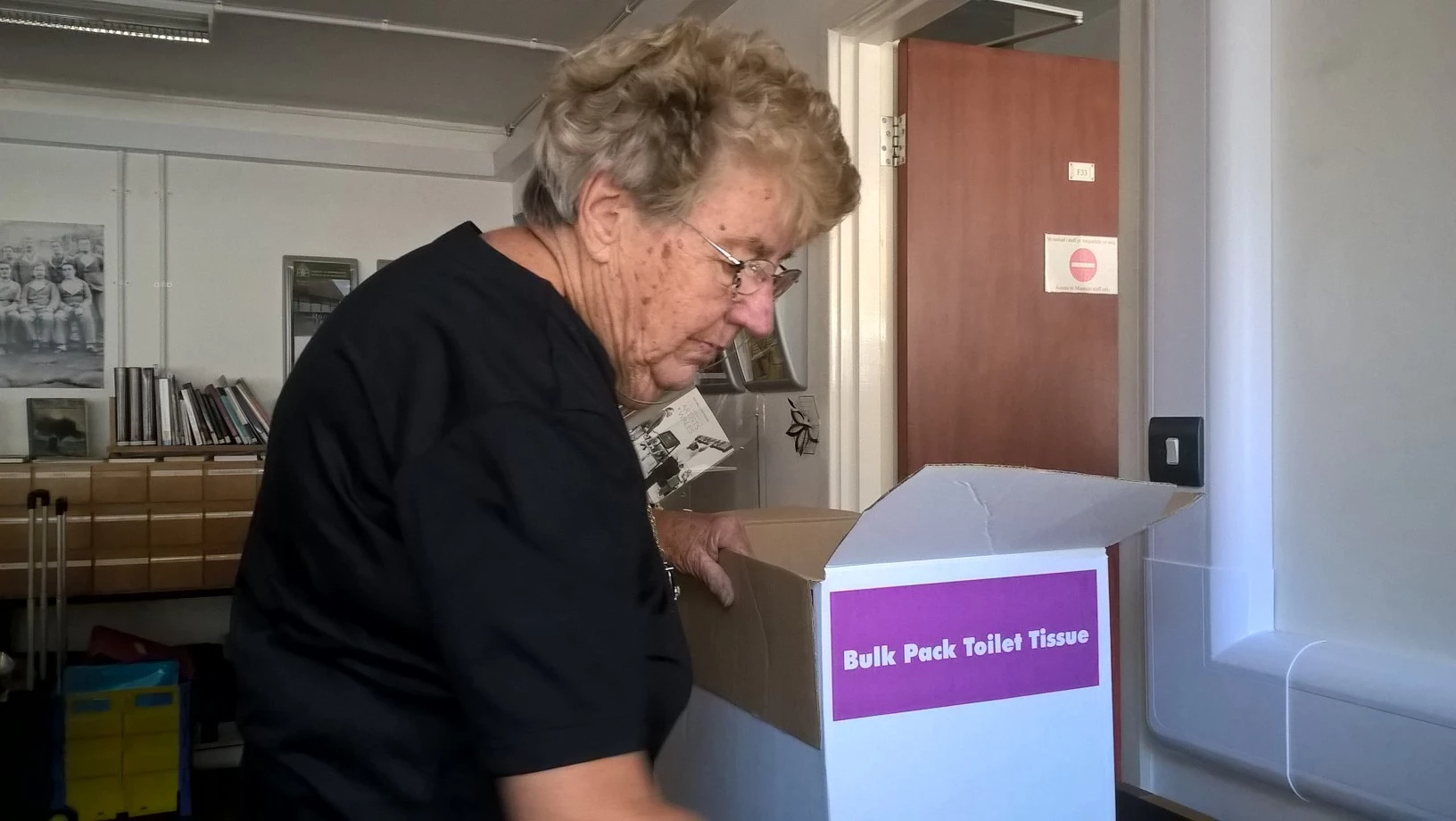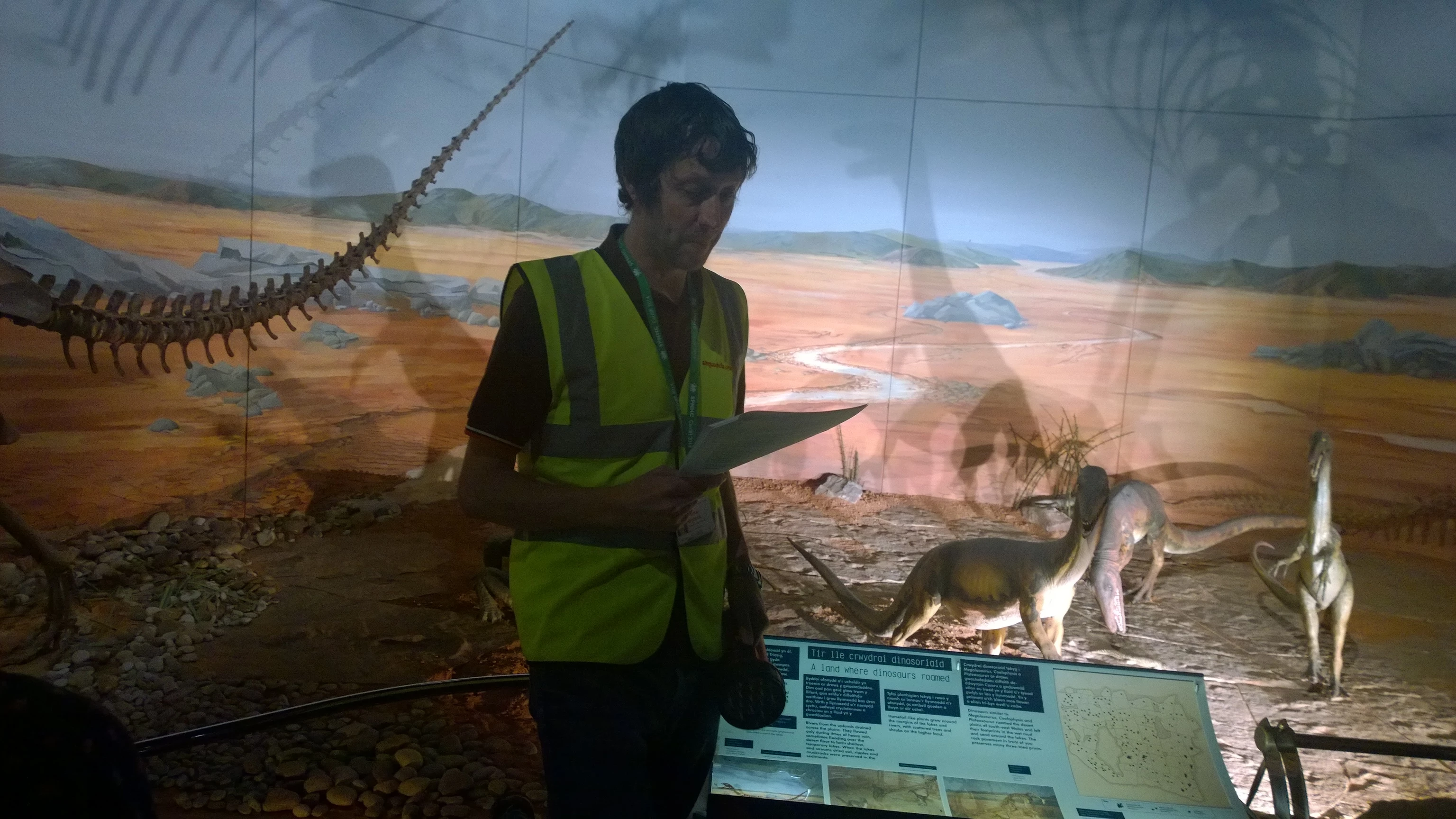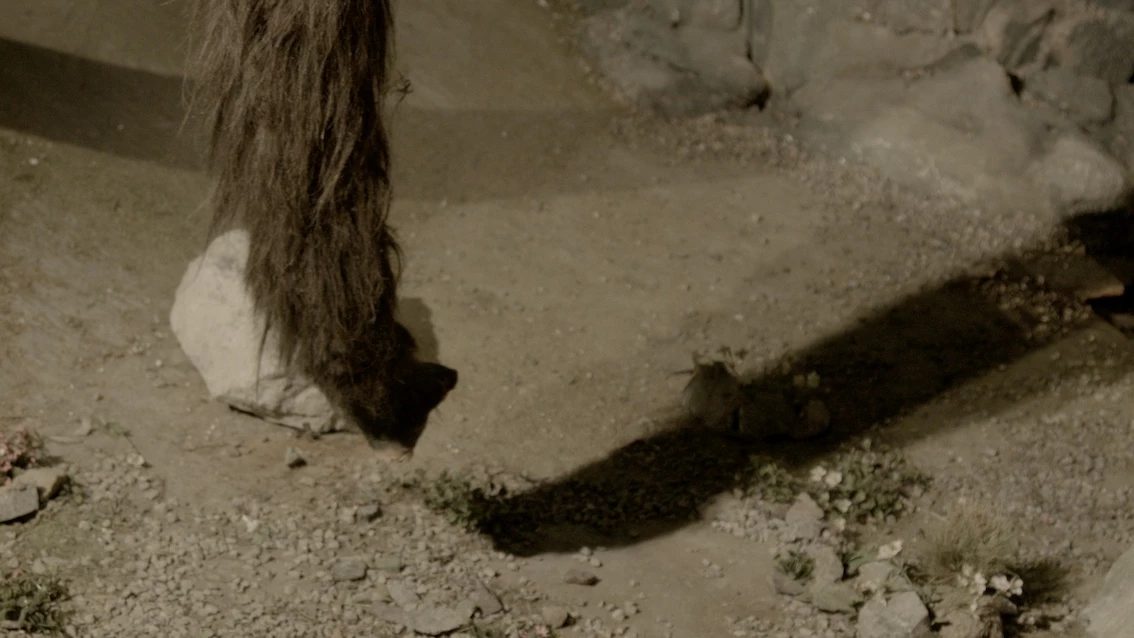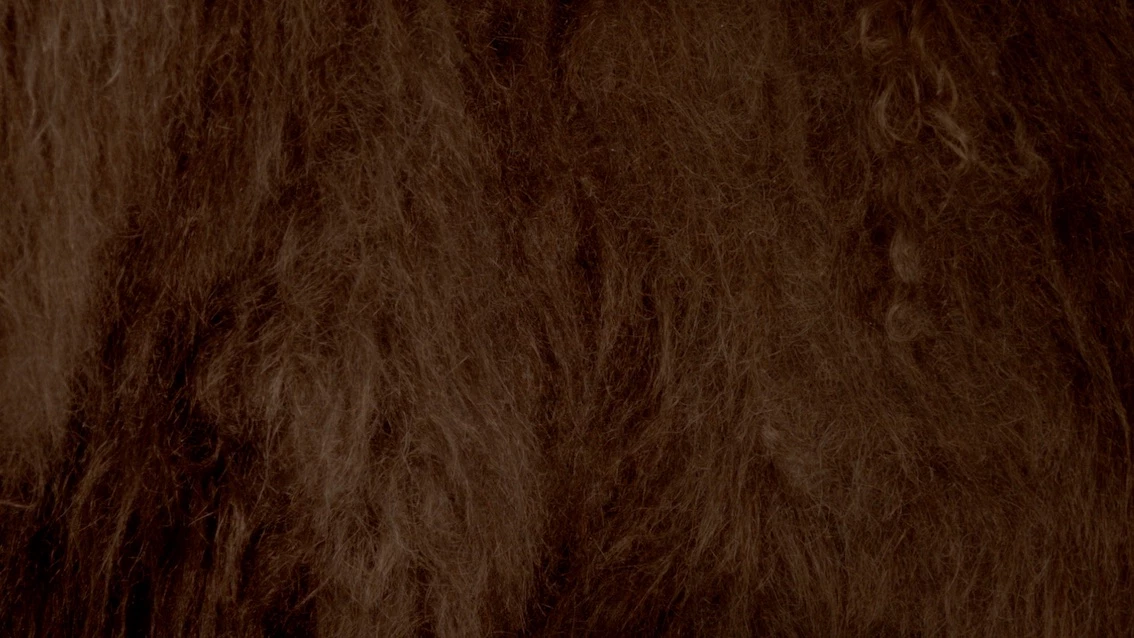My Experience of a Work Placement.
, 27 September 2016
Before starting my degree in English Literature and History at Cardiff University in September 2015, I was conscious that employers look for experience as well as qualifications, especially in senior management roles in the heritage sector. Knowing this, I wanted to get some volunteering under my belt to enable me to get a head start in museum work and the heritage sector after I graduate; the Events Volunteer Work Placement at St Fagan’s National History Museum seemed the perfect opportunity to do this.
Over the past year, our role as the placement team was to come up with a way of recruiting volunteers for specific events, and we trialled our scheme at the St Fagan’s Food Festival on the 10th and 11th September 2016, to much success. We were also given experience working on the front of house with other museum employees, which was a great insight into how museums are run, and how important visitor relations are. Another placement volunteer and I also designed a tote bag for use by the events volunteers; the museum staff were so impressed that they hinted at working with us on something similar in the future, an opportunity that would not have existed without the work placement.
Doing the work placement has been hugely beneficial to me; I now have experience in both behind the scenes and on the face of the museums events and day to day running, and I have learnt how many different aspects and people it takes to pull off a big event like the Food Festival. Every team member is valued, down to every last volunteer. It has also taught me transferable skills such as teamwork, time management, and customer service.
One major advantage of the work placement is that it has opened many doors for me; having now volunteered for the National Museum Wales, I have gained an excellent contact and reference within the volunteer department. I am planning on continuing volunteering with the museum once the work placement is finished, and that is made a lot easier by my past experience on the placement.
